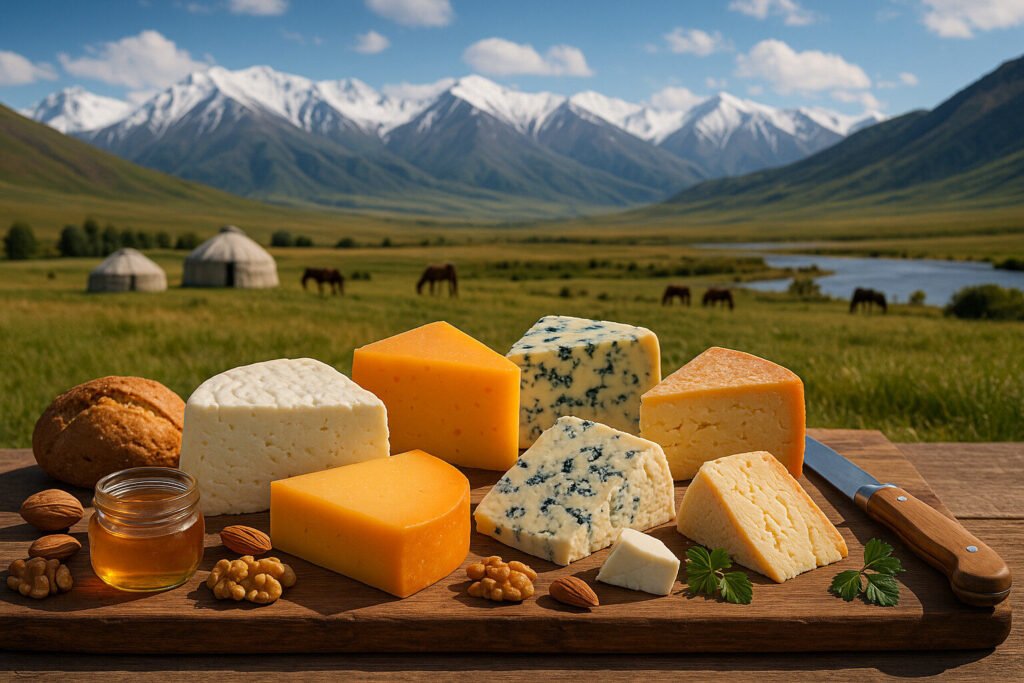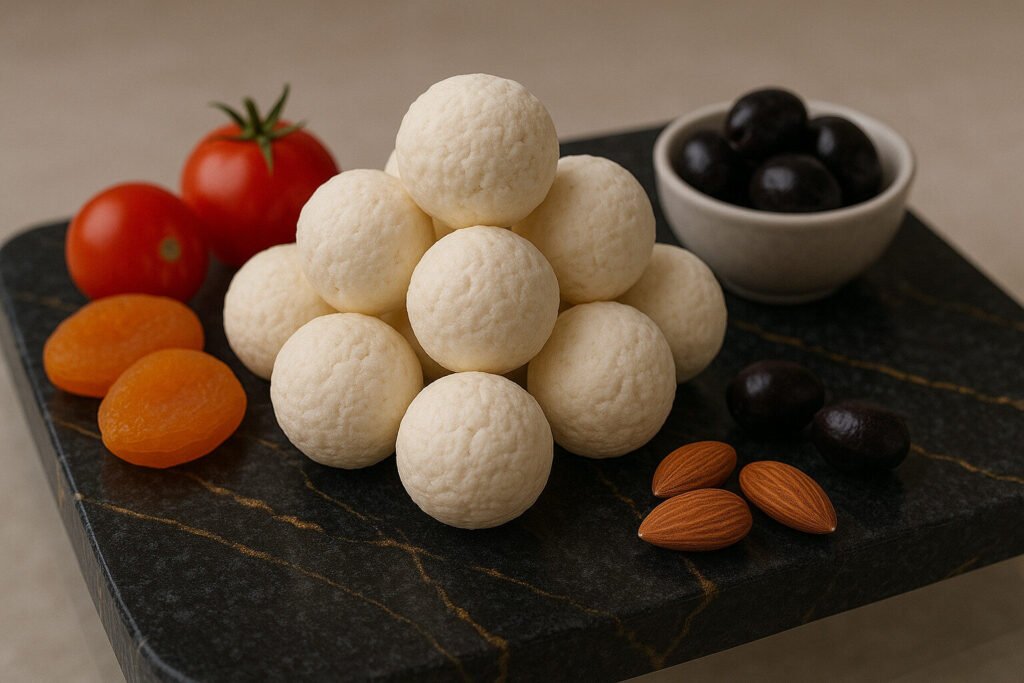Cheese Of Central Asia
Central Asian Cheese Definition and Scope
Central Asian cheeses represent a distinct category within global cheese taxonomy, shaped by pastoral traditions and nomadic lifestyles. These cheeses are primarily produced from the milk of local livestock, including sheep, goats, yaks, and camels. The category encompasses varieties like Kurt, Qurut, and Brynza, which are adapted to the region’s continental climate and preservation needs.
These dairy products are characterized by their practical formulations for long-term storage and transport across vast distances. Many Central Asian cheeses are dried, salted, or brined to withstand the variable temperatures and limited refrigeration historically available. Their production methods reflect resourcefulness, utilizing minimal equipment while maximizing nutritional value and shelf stability.
Central Asian Cheese Production Techniques
Traditional Central Asian cheese making employs straightforward methods that require basic tools and natural ingredients. Milk is typically coagulated using animal rennet or acidic substances like yogurt whey. The resulting curds are often pressed, shaped into balls or blocks, and then subjected to drying, brining, or smoking processes.
Many varieties undergo extensive drying, either in the sun or over smoldering fires, which reduces moisture content and inhibits spoilage. Salting is universally applied, both for flavor development and as a preservative. These techniques create cheeses that can be stored for months or even years, making them valuable food reserves during harsh winters.
Sensory Profile of Central Asian Cheeses
Central Asian cheeses typically present pronounced salty and tangy flavor profiles, resulting from their preservation methods. Textures range from rock-hard dried varieties to semi-soft brined cheeses. The use of diverse milk sources creates complex flavor nuances, with sheep’s milk contributing richness and camel’s milk offering distinctive sweetness.
Aged specimens develop concentrated, umami-rich characteristics with occasional smoky notes from traditional preservation techniques. Fresh versions maintain brighter, acidic qualities with milder salt penetration. The aroma spectrum includes milky, fermented, and sometimes barnyard notes reflective of their pastoral origins and aging environments.
Culinary Uses of Central Asian Cheeses
Central Asian cheeses serve both as standalone snacks and essential ingredients in regional cuisine. Hard, dried varieties like Kurt are often consumed as portable, high-protein travel food or reconstituted in hot water to create refreshing beverages. These cheeses provide crucial nutrition for herders and travelers across the steppes and mountains.
Softer varieties frequently appear in traditional dishes such as plov, soups, and flatbreads, where they contribute salty complexity and creamy texture. Grated dried cheese functions as a seasoning agent, similar to hard Italian cheeses. Modern interpretations incorporate these traditional cheeses into salads, pasta dishes, and fusion cuisine while maintaining their distinctive characteristics.
Regional Examples and Variations
Kazakhstan produces Kurt, small dried cheese balls with intensely salty flavor and crumbly texture. Kyrgyzstan offers similar varieties, often smoked for additional preservation and flavor complexity. These cheeses demonstrate the shared nomadic heritage across the Central Asian steppes while showing subtle regional distinctions.
Uzbekistan specializes in Qurut, dried cheese balls that are sometimes flavored with spices or herbs. Tajik versions often incorporate more goat’s milk, creating sharper flavor profiles. Mongolian aaruul represents the eastern extension of this cheese tradition, utilizing yak milk and demonstrating adaptation to high-altitude pastoral conditions.


